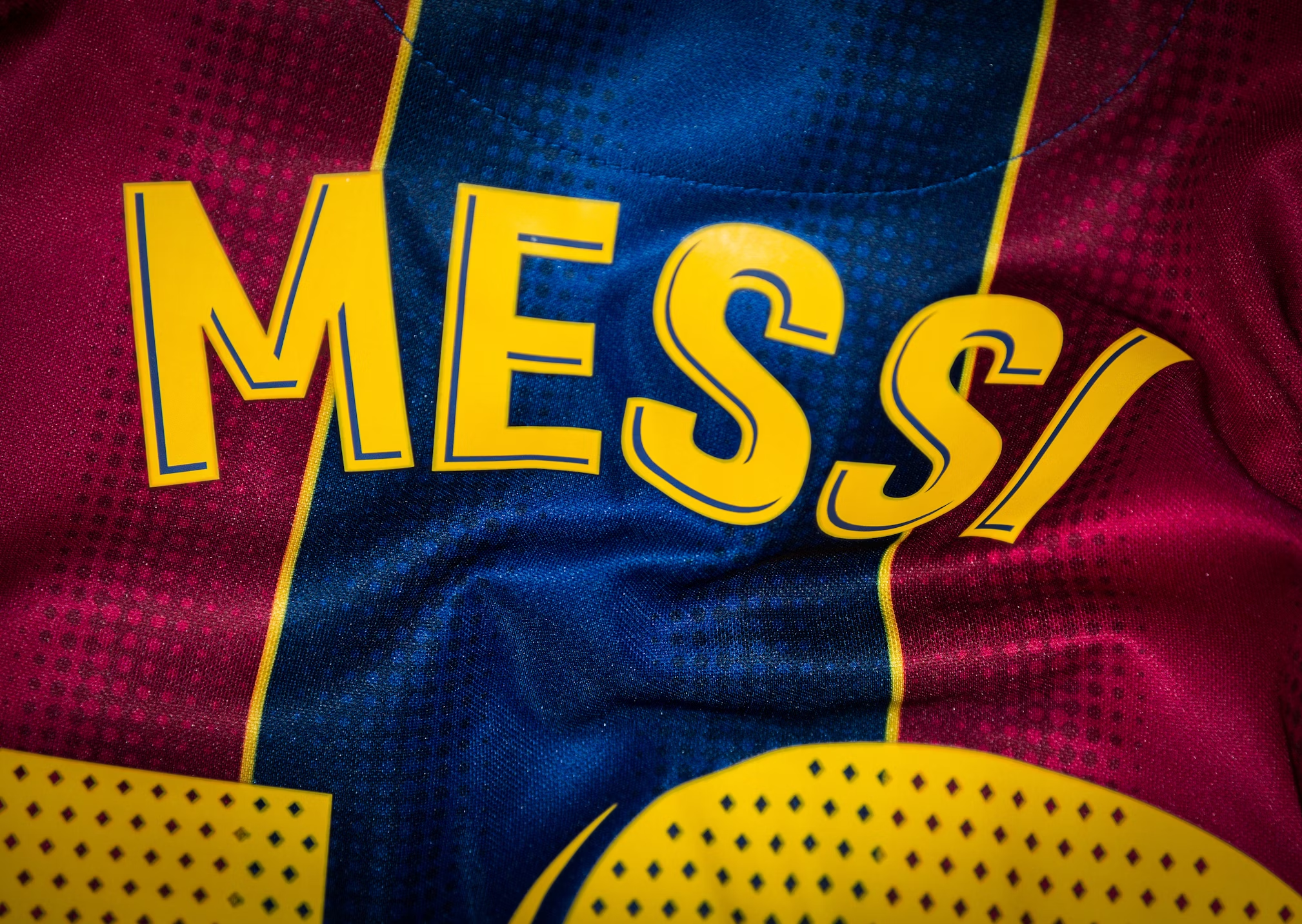The Evolution of MMA: From Underground to Mainstream
Mixed Martial Arts (MMA) has come a long way from its early days as a fringe spectacle to becoming one of the most popular and respected sports worldwide. What was once considered an underground sport with a reputation for brutality has evolved into a highly technical, strategic, and widely embraced athletic competition. In this post, we’ll explore the growth of MMA, its impact on athletes and fans, and why it’s become such a significant part of the sporting landscape.

The Rise of MMA: From No-Holds-Barred to Mainstream Success
- Origins and Evolution MMA’s roots can be traced back to ancient civilizations where combat sports were a crucial part of warrior training. However, the modern form of MMA began gaining popularity in the early 1990s with the inception of the Ultimate Fighting Championship (UFC). Initially, the sport was known for its minimal rules and lack of regulations, which led to a perception of it being excessively violent. Over time, as the sport matured, so did its regulations, safety measures, and techniques.
- Regulation and Safety As MMA gained mainstream acceptance, the need for regulation became apparent. The sport now adheres to a strict set of rules and regulations designed to ensure fighter safety. The introduction of weight classes, banned substances, and medical examinations has significantly reduced the risk of serious injuries. Additionally, the development of effective training methods and injury prevention techniques has further improved fighter safety.
- Technical Evolution What sets MMA apart from other combat sports is its combination of various martial arts disciplines. Fighters train in striking arts like boxing and Muay Thai, as well as grappling arts like Brazilian Jiu-Jitsu and wrestling. This blend of techniques requires athletes to be versatile and adaptive, continually evolving their skills to stay ahead of the competition. The strategic depth of MMA has transformed it from a spectacle of brute force into a highly technical sport that requires skill, strategy, and mental toughness.
The Impact on Athletes and Fans
- Athlete Dedication and Training MMA athletes are among the most well-rounded and disciplined in the world. Their training involves not just physical conditioning but also technical skill development, mental preparation, and strategic planning. Fighters often spend years perfecting their techniques and building their endurance, showcasing an incredible level of dedication and perseverance.
- Fan Engagement The growth of MMA has been driven in part by its fan base. The sport’s dramatic and unpredictable nature captures the excitement of spectators. Major organizations like the UFC have embraced digital platforms, enabling fans to follow their favorite fighters, watch live events, and engage with the sport in ways that were previously impossible. This accessibility has played a significant role in expanding MMA’s reach and popularity.
- Cultural Impact MMA has also made its mark on popular culture. From films and documentaries to mainstream media coverage, the sport has influenced and been influenced by various cultural elements. Fighters like Conor McGregor and Khabib Nurmagomedov have become household names, and their stories resonate with fans around the world, further boosting the sport’s profile.
The Future of MMA
- Global Expansion MMA is experiencing significant growth on a global scale. Organizations like the UFC and ONE Championship are expanding their reach into new markets, and more international fighters are making their mark. This global expansion is not only increasing the sport’s popularity but also elevating the level of competition.
- Technological Advancements Advances in technology are impacting MMA training and performance analysis. Cutting-edge tools for monitoring and enhancing athletic performance are becoming more prevalent, allowing fighters to gain insights into their training and improve their strategies. Additionally, virtual reality and other innovations are being explored as potential training aids.
- Increased Focus on Fighter Welfare As the sport continues to evolve, there is an increasing focus on fighter welfare and mental health. Organizations are implementing better support systems for athletes, including access to mental health resources and post-fight care. This emphasis on holistic well-being is crucial for the sustainable growth of MMA and the long-term health of its athletes.
Conclusion
MMA’s journey from an underground spectacle to a globally recognized sport is a testament to its dynamic nature and the dedication of its athletes and fans. The sport has grown into a sophisticated and strategic competition that showcases a blend of various martial arts disciplines. As it continues to evolve, MMA promises to deliver even more exciting moments, innovative advancements, and inspiring stories. Whether you’re a seasoned fan or new to the sport, there’s no denying that MMA has earned its place in the pantheon of great sports.










